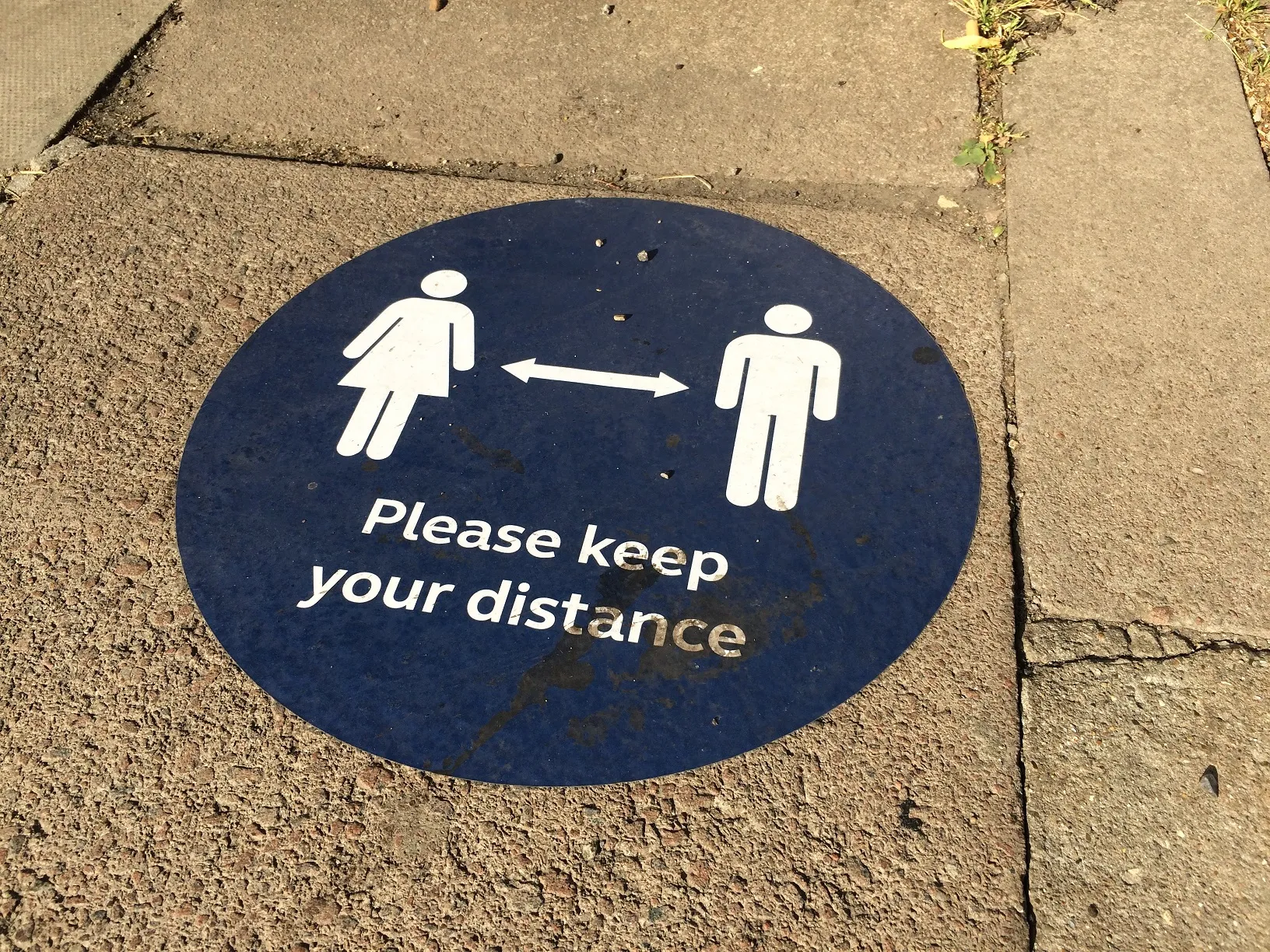You don't have to visit the bush to see the native animals of Australia – World Congress attendees can see the country's iconic wildlife right here in the exhibition hall.
The Australian Native Animal Experience can be found at the western end of the hall, to the far right when you walk through the exhibit hall doors. Australian animals – such as a kangaroo, koala and snake – will be on display for photo opportunities on Wednesday and Thursday at 10am and 3pm, and on Friday at 10am.
World Congress attende
October 11, 2016
Read time: 1 min

You don't have to visit the bush to see the native animals of Australia – World Congress attendees can see the country's iconic wildlife right here in the exhibition hall.
The Australian Native Animal Experience can be found at the western end of the hall, to the far right when you walk through the exhibit hall doors. Australian animals – such as a kangaroo, koala and snake – will be on display for photo opportunities on Wednesday and Thursday at 10am and 3pm, and on Friday at 10am.
World Congress attendees can also get free prints of photos by using hashtag #ITSWC16 on Instagram. Drop by the Australian Native Animal Experience to get your photo printed.
The Australian Native Animal Experience can be found at the western end of the hall, to the far right when you walk through the exhibit hall doors. Australian animals – such as a kangaroo, koala and snake – will be on display for photo opportunities on Wednesday and Thursday at 10am and 3pm, and on Friday at 10am.
World Congress attendees can also get free prints of photos by using hashtag #ITSWC16 on Instagram. Drop by the Australian Native Animal Experience to get your photo printed.










